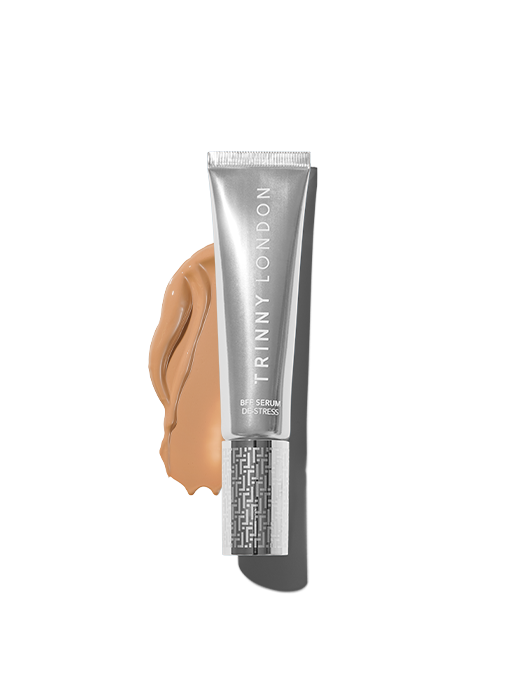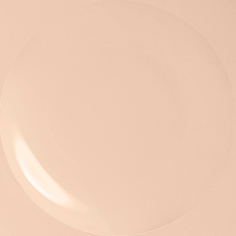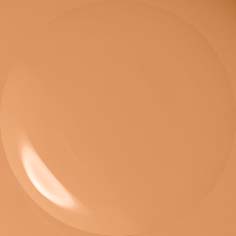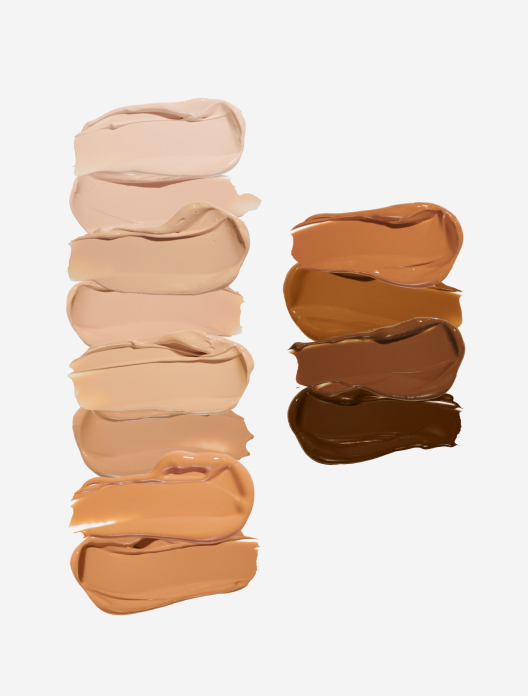


 12 shades
12 shades
Free standard shipping on all orders, for a very limited time only*

A serum foundation is, as you might have guessed by the name, a hybrid between a foundation and a serum. In essence, it is a step up from your average foundation, with the added benefit of skincare-worthy ingredients.
So what can you expect from a serum foundation? To keep up the foundation side of the bargain, it should give skin a good level of tinted coverage. This can span from light through to full, and which option you choose will depend on your skin confidence as well as your desired look. For example, if you’re having a good skin day, a hint of tint might be enough, whereas if you’re feeling shyer about your complexion, you might want to choose something with fuller coverage. Your preference might also depend on whether you’re heading out for the day or evening too.
As for the serum aspect, this will vary depending on the formulation and the type of consumer it has been created for. The levels of active ingredients won’t be as potent as if you were buying a solely skincare product, but your skin will still reap the benefits. Look for ingredients that will help with your most pressing skin bugbears, whether that’s dullness, congestion or dehydration.
Serum foundations tick boxes whether your skin is normal, dry, oily or combination.
Dry skin is a skin type whereby the skin is naturally lacking in oil. This is different to dehydrated skin, which is short on water. Dry skin tends to be rough in texture and can be almost grainy in appearance. Some foundations can cling to this, amplifying and drawing attention to areas of dryness. As serum foundations are lighter, and have the added benefit of skin-loving ingredients, you don’t need to worry about that. As for application, hands are often best for creating a seamless finish on dry skin. “If I’m applying a serum foundation to someone who’s got very dry skin, I use my hands to warm up the product,” says Katie Levy, Pro Makeup Artist at Trinny London. “This allows me to really push and blend it into the skin.”
There is a common misconception that if your skin is oily, you need to apply a really heavy-duty base in order to avoid the midday migration of product and excess oil. But in fact, taking this route can just make your skin appear false. “I like the idea of powder but I do feel it gives a very unnatural finish on the skin,” says Lenny Royal, Pro Makeup Artist at Trinny London. “Skin shouldn’t look like that, it should have a bit of moisture to it.” Serum foundations are a great choice for oily skin, especially if they have a semi-matte finish – it’s just about applying them in the right way. “If you are very oily you might find that applying base with your fingers tends to slide things off,” explains Alex Phillips, also a Pro Makeup Artist at Trinny London. “Try instead using a brush to just place the product onto the skin.”
Combination skin has elements of both oily and dry skin. Oil tends to be most prominent around the T-zone (forehead, nose and chin) where there is the highest concentration of sebaceous glands, with the cheeks feeling drier. When choosing a serum foundation, look for ingredients that speak the most to your skin’s needs. You might, for example, find that you want a more nourishing formula during the winter months, when skin tends to be drier, and something more balancing during warmer weather.
Still not convinced a serum foundation is for you? These are just some of the benefits:
They’re multi-taskers: Overwhelmed by the amount of products in your bathroom cabinet? A serum foundation could be the solution, treating your skin at the same time as blurring and perfecting.
They’re buildable: Powder and very long-wearing and heavy-duty liquid foundations can be difficult to build. They often don’t have much playtime before they set down and dry and can cake and congeal when you try to add more layers. As serum foundations are lovely and lightweight, they’re far easier to build and blend.
They can be applied with brushes or fingers: Whether you love the precision of tools or the ease of your fingers, serum foundations work for both camps. Use either or, or a combination of both to apply.
They look very natural: Again, another benefit of their lightweight liquid texture is that serum foundations blend beautifully with your complexion. Think your skin, but better.
Prep your skin by applying a light layer of moisturiser, followed by a skin perfector if you have one in your routine. These will help to create a fresh canvas to apply your serum foundation onto.
Apply the product to the skin, focusing on the central elements of the face (forehead, nose, chin and cheeks). This is where the majority of breakouts, hyperpigmentation and redness tend to be, so it makes sense to target these areas first. You can use your fingertips, or a brush, depending on your personal preference.
Once you’re happy with the coverage in the centre of your face, use what’s left on your fingers or brush to blend and buff outwards. If you have been using your fingers up until this point, you may want to use a brush to blur any streaks and soften the overall effect.
If you want to build up the level of coverage, repeat the process. Just be sure to work in lightweight layers for a natural finish. For hard to hide blemishes, apply concealer after foundation in any areas that need a little extra attention.
How much coverage a serum foundation provides will vary by formula. It can span from a very light veil of coverage to something heavy enough to fully disguise redness and hyperpigmentation. The coverage and finish will also depend on whether you apply yours with a brush or your fingers. For a flattering, natural look, apply in light layers, building up coverage in the areas you feel need a little more attention.
Shop the article



 12 shades
12 shades